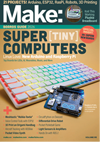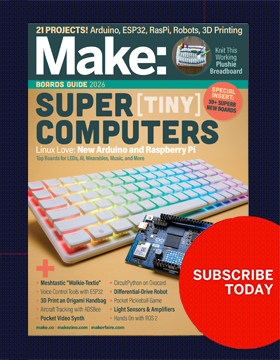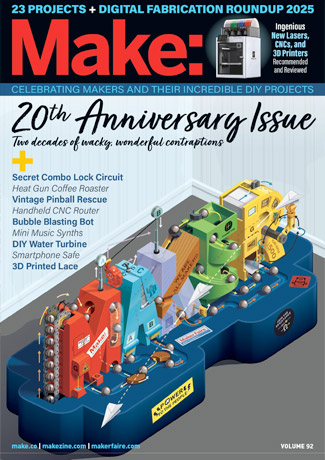The Raspberry Pi makes a great home server. But it also makes a solid hardware development platform for makers if your needs go a bit beyond the capabilities of the Arduino, and you don’t need something quite as capable as the BeagleBone, or another ARM-based board designed specifically for talking to hardware.

Ultrasonic transducer modules are an easy way to add distance measuring capability to your Pi. The device shown in the photo has 2 power pins, 1 trigger pin and 1 echo pin.

Simple “Passive Infra-Red” sensors allow you to detect movement.

16 or 20 character LCD displays are cheap to buy and easy to hook up to the GPIO pins on the Pi.

A USB to Serial device allows your Pi to communicate over a USB interface.

There are plenty of small screens available that accept a composite video input. Perfect for hooking up to the Raspberry Pi’s video output.

The BerryClip is an addon board for the Pi which plugs directly onto the GPIO header. It provides 6 coloured LEDs, 1 buzzer and 1 momentary switch.
But if you’ve just got your Pi and are not sure where to start, here are 10 things to connect to your Raspberry Pi, with links to tutorials and code from the guys at Raspberry Pi Sky.












